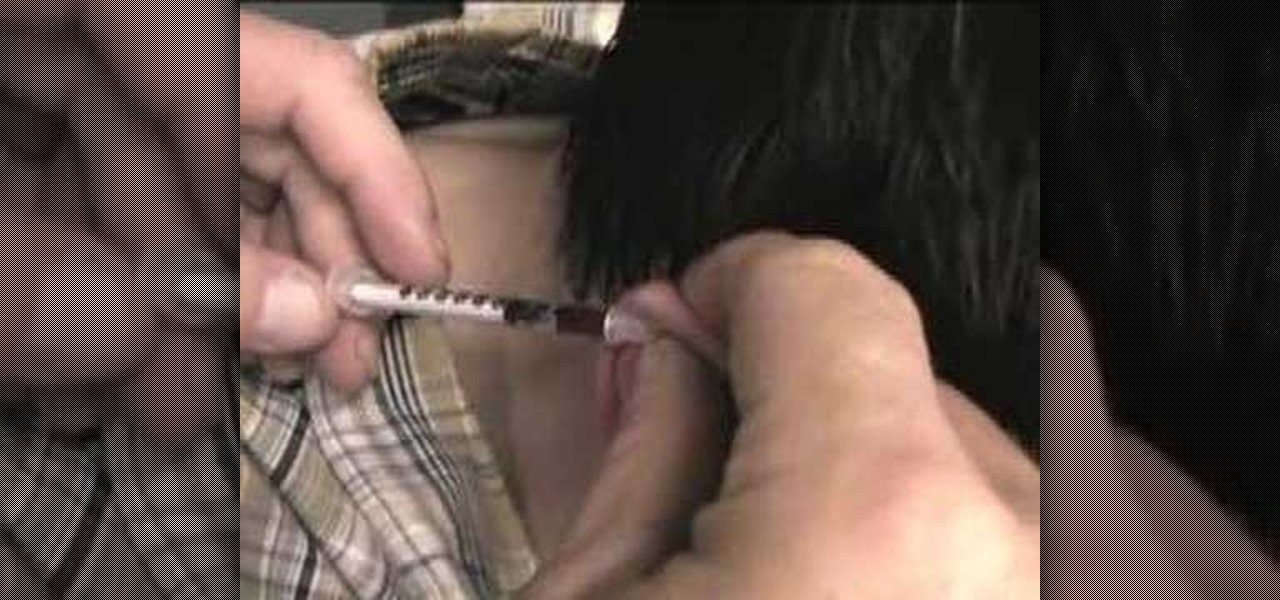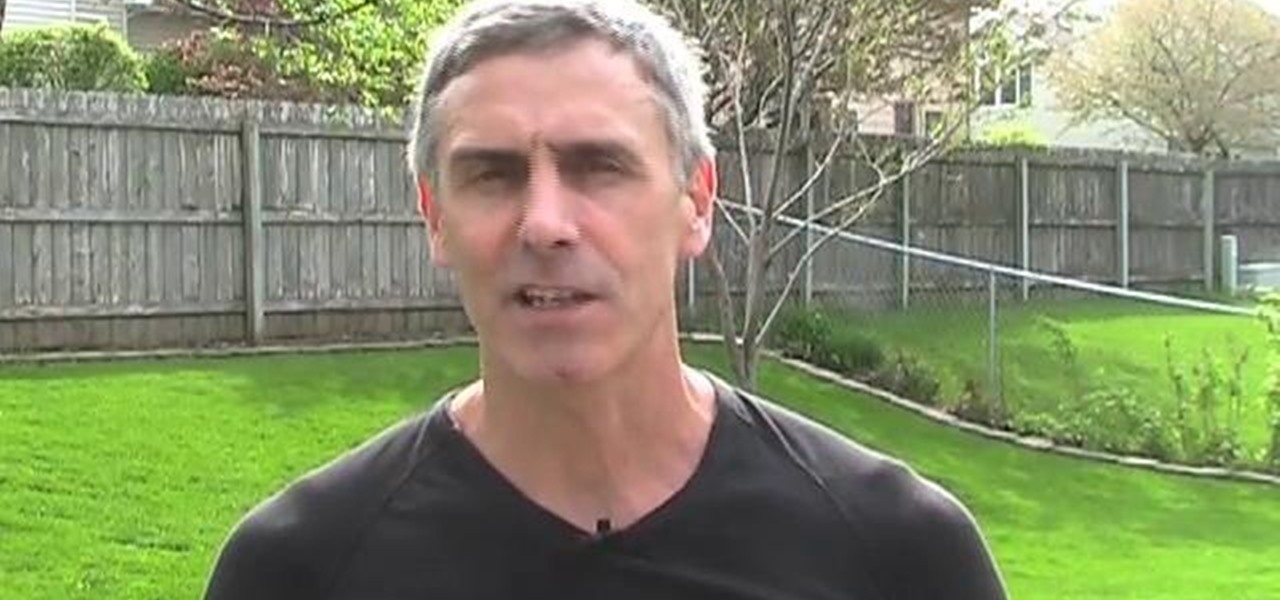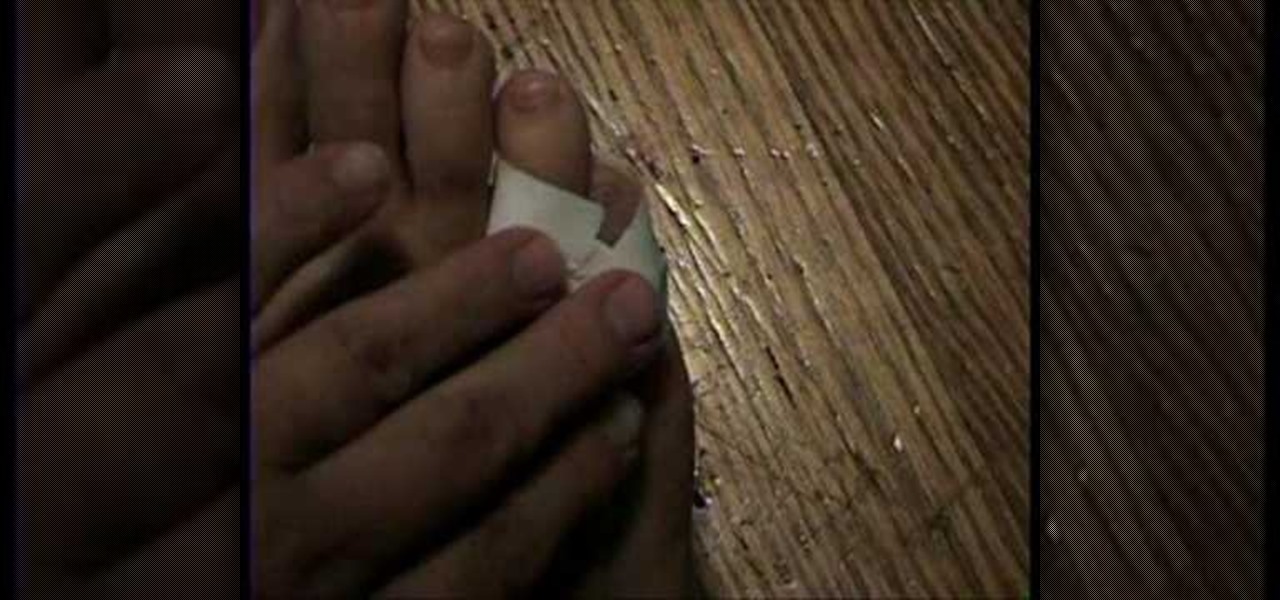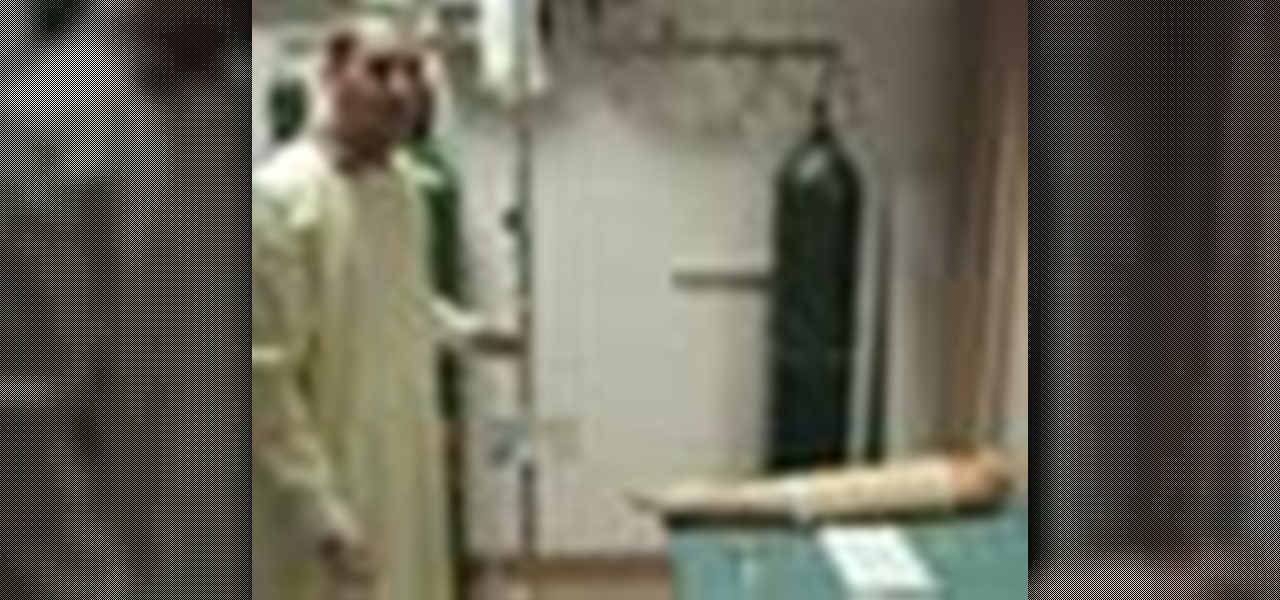Hot First Aid Posts

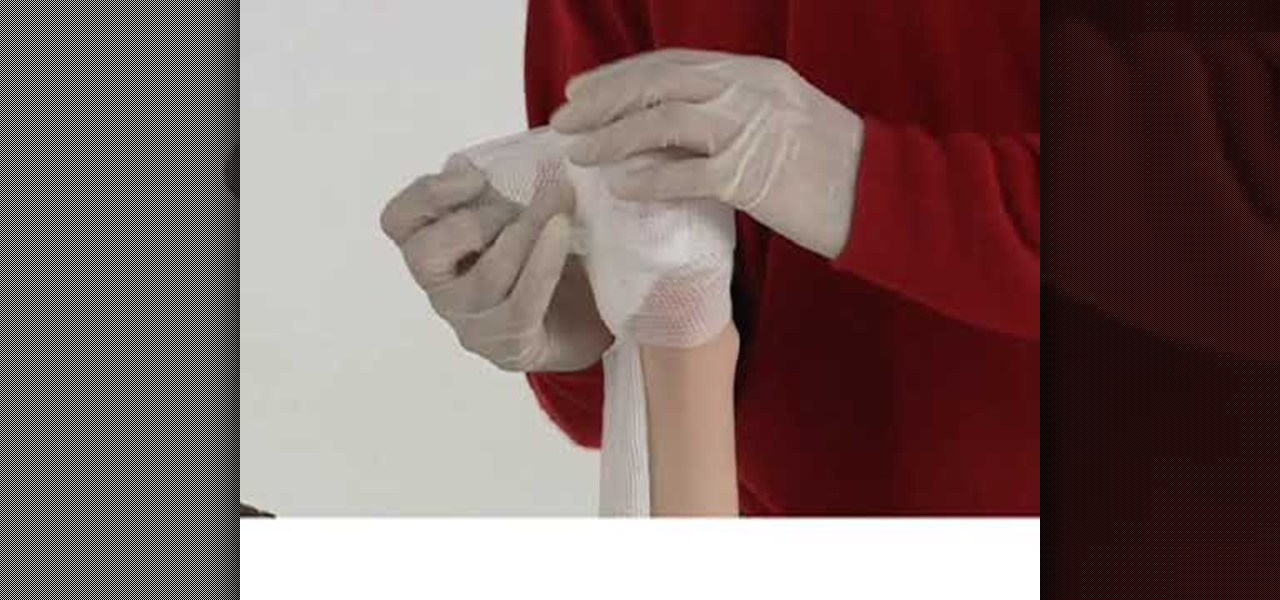
How To: Stop severe bleeding (British Red Cross)
Everyone gets cut every once in a while, but sometimes those cuts can be more serious than expected. It could turn into severe bleeding, and there's a certain way to deal with this type of bleeding in a victim. How would you treat someone who was bleeding severely?

How To: Perform CPR on a baby (British Red Cross)
The most basic and most important aspect of first aid is CPR. It's the one thing that is most likely to save a life. It's stands for cardiopulmonary resuscitation, which is the emergency medical procedure for restoring a person's normal heartbeat and breathing when experiencing heart failure or breathing impairment. But there's a different approach when dealing with and chest massages for babies under one year old.
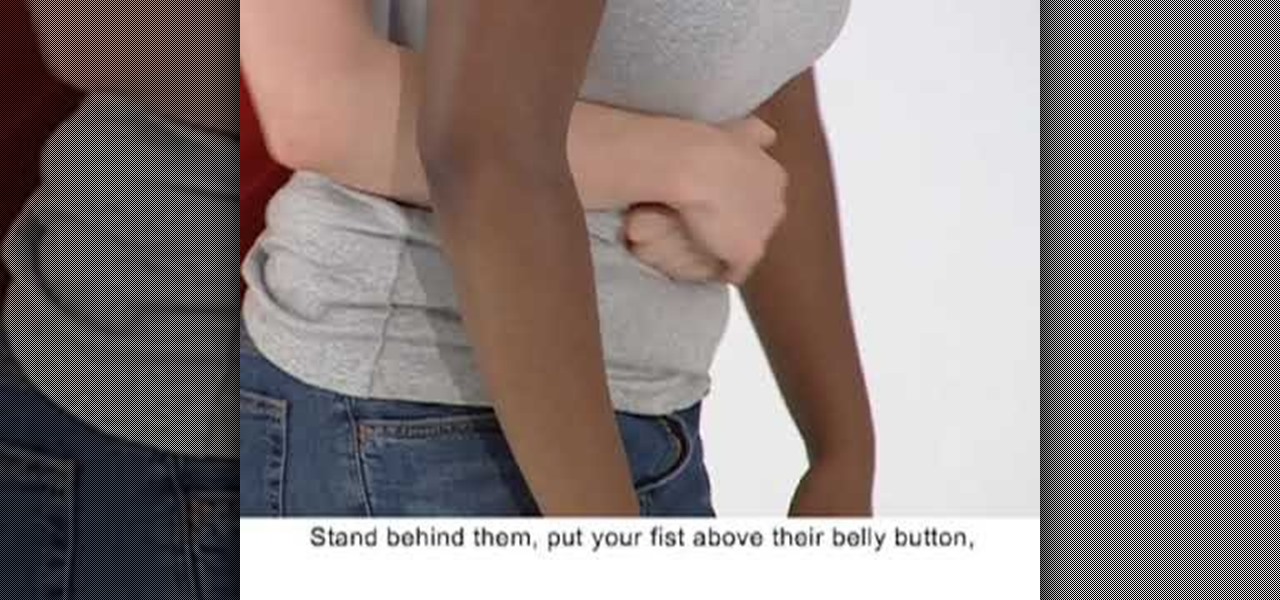
How To: Treat a choking person (British Red Cross)
Choking is serious life-threatening problem that need immediate attention. If waiting too long, it could result in such problems as hypoxia or even death. Being able to respond to a choking victim could save someone's life, and everyone should know this first aid procedure.

How To: Treat strains and sprains (British Red Cross)
Although strains and sprains are not a serious injury, they are still very painful for the sufferer, and the only way to make sure they heal properly is to make sure they get immediate attention.
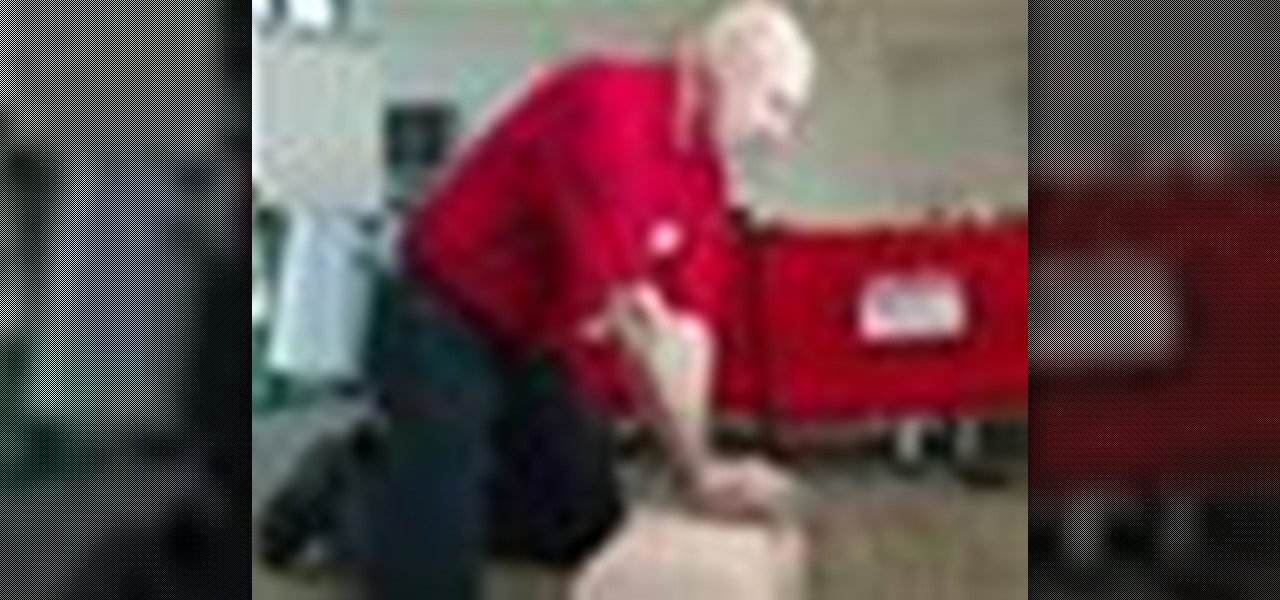
How To: Treat an unconscious choking adult or child
Unconscious choking can create an emergency situation. Learning to spot the symptoms of unconscious choking and react quickly to treat a victim of unconscious choking can help you save a life. Treat an unconscious choking adult or child.
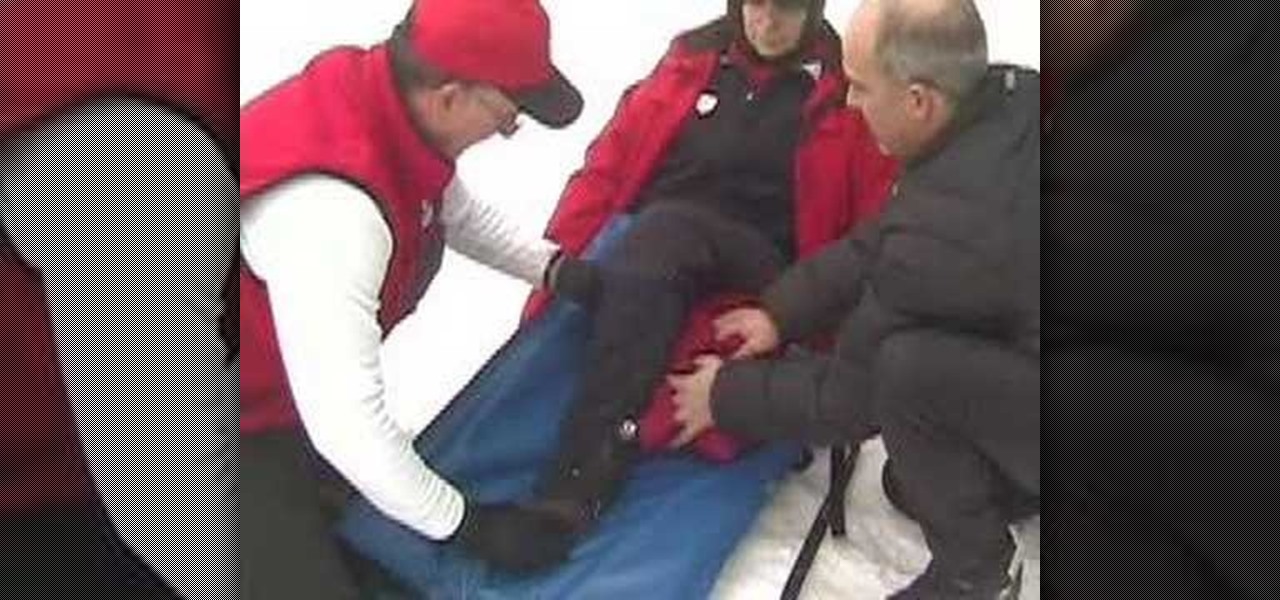
How To: Quick splint for lower leg fractures
Training video for quick splinting lower leg fractures and knee injury. Produced by the Willamette Backcountry Ski Patrol

How To: Fix a minor head wound
This video shows you how to fix a minor head wound or gash.

How To: Deal with minor insect bites and stings
It's amazing how such little creatures can cause such serious discomfort. Follow these simple steps to properly tend to an insect sting or bite. Deal with minor insect bites and stings.

How To: Make a sling
Making a sling is a simple procedure, and it is very handy to immobilize an injured shoulder, arm, or collarbone.

How To: Make a butterfly bandage
A butterfly bandage is handy item when a wound has smooth edges. It brings the edges of skin together and thus speeds up the healing.

How To: Bandage an elbow
Bandaging an injured elbow is simply logical: if you physically compress the area, it won't be able to swell as it might if left to its own devices. It's also a pretty simple process.
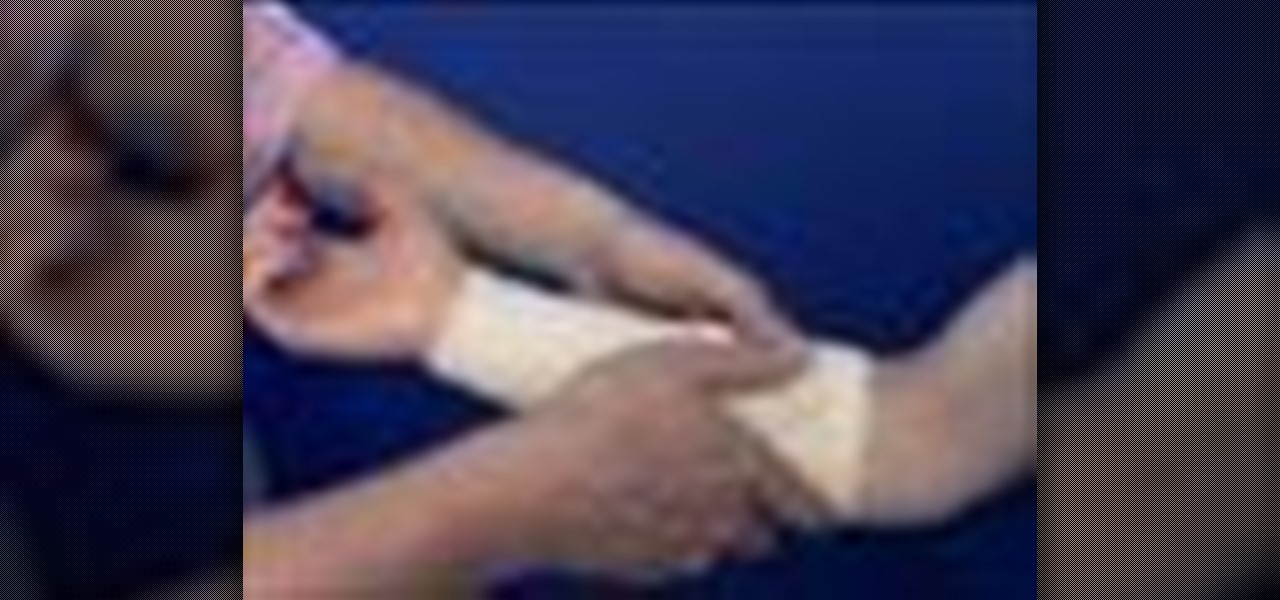
How To: Check circulation after bandaging
Bandaging an injury too tightly can make it worse. Master this simple art correctly and make sure your first aid leads to fast healing. This video shows you how to check circulation after Bandaging. Check circulation after bandaging.

How To: Help with minor cuts and grazes
This video shows you some basic first aid tips on how to help with minor cuts and grazes. Using the example of a simple cut to the thumb, this video will show you how to clean and dress the wound. Help with minor cuts and grazes.

How To: Help someone with hyperventilation
Have the power to stop someone else from suffering. Learn how to spot and treat this breathing disorder associated with stress. Help someone with hyperventilation.

How To: Bandage a hand
Be confident your first aid skills are faultless in emergency. Our experts show the recommended way to bandage a hand safely and securely. Bandage a hand.
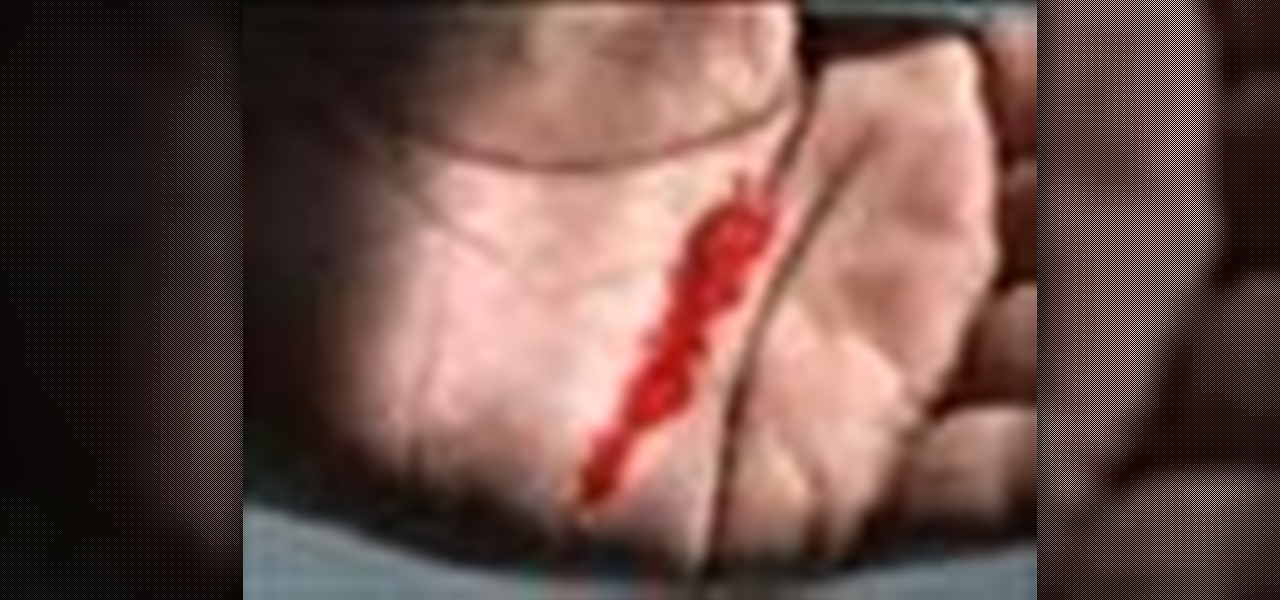
How To: Control bleeding from a hand cut
Here's some first aid tips on how to control bleeding from a cut to the palm of the hand, before seeking medical advice. Control bleeding from a hand cut.

How To: Bandage an elbow properly
Bandaging an injury correctly will speed up recovery. Our expert shows the best way to protect a limb as it heals. Bandage an elbow properly.

How To: Remove a splinter
An excellent video explaining the basics in how to remove a splinter from your hand. Some great splinter removal tips from sterilizing the tweezers, encouraging bleeding, and applying the plaster. Remove a splinter.
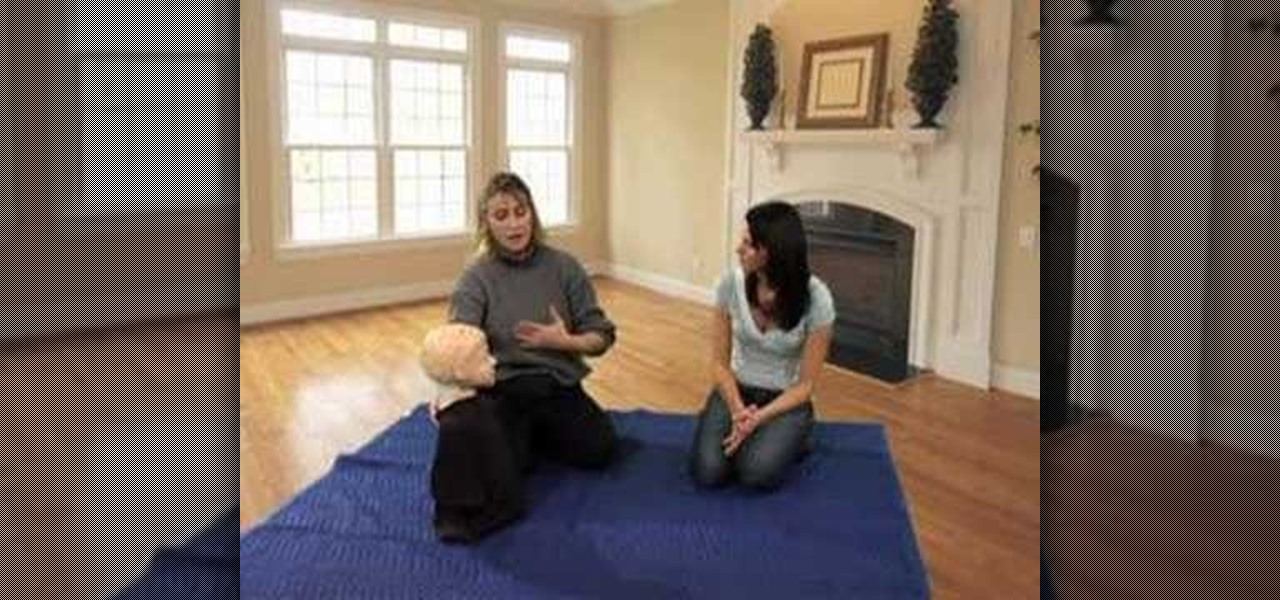
How To: Perform CPR on a choking toddler
Kids say the darndest things. They also eat the darndest things - from toys to pet food to grass, growing kids want to try it all. But stuffing so much stuff into their mouths can be very unsafe.

How To: Administer first aid
In this video clip series, our expert will demonstrate several first aid techniques that can easily be done to treat minor injuries and basic situations that you might find yourself afflicted with. Bee sting treatment, abrasion care, blister care and more.

How To: Make a first aid kit
In this series of online videos you'll learn how to pick a first aid kit for your home. Dr. Susan Jewell shows you what medical supplies should always be in your home first aid kit, including bandages, alcohol, hydrogen peroxide, scissors, tape, gauze, cotton balls, ear & eye drops, a thermometer, splint bandages, medicines and more. Whether you're shopping for a new first aid kit, restocking, or building one from scratch, the tips in these videos will help ensure you're prepared for any mino...
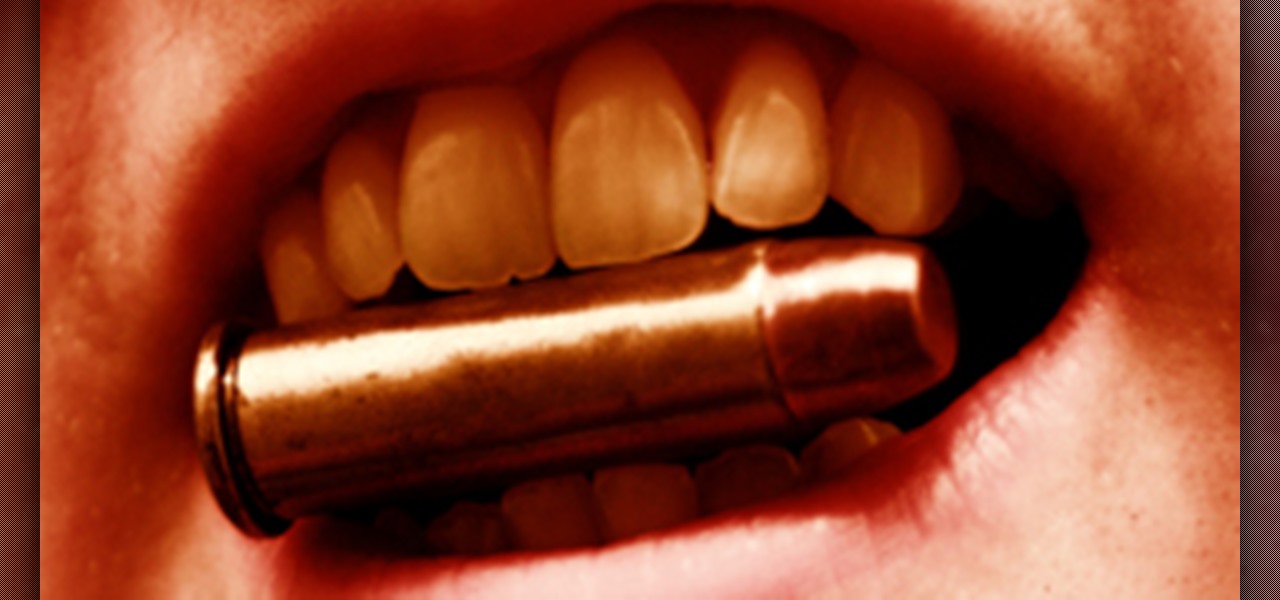
How To: Treat a bullet wound at home
If you've just been shot but can't be bothered with a trip to the hospital you may want to know how to remove a bullet yourself. Learn how to remove the bullet as well as clean and cauterize, and bandage the wound.

How To: Perform the proper patient carry
Only perform carries if you have ruled out neck and spine injuries.There are many types of carries: pack strap,and direct ground lift, Perform the proper patient carry.

How To: Clear an infant's airway with CPR
In this video you will be shown how to clear a conscious infants foreign object in the airway.You need to recognize choking, perform 5 back blows and 5 chest thrusts. Repeat this procedure until object is expelled or infant becomes unconscious. Clear an infant's airway with CPR.

How To: Clear a child's airway
For a complete obstruction the abdominal thrust can be used.For infants it is more difficult, place the infant completely over one of your arms face down.Next give five blows between the shoulder blades.Turn infant over and do 5 thrusts to abdomen. Clear a child's airway.

How To: Clear an adult airway
Ask the conscious adult if they can talk, if not step behind them. Position one fist just below their ribs and begin the abdominal thrusts. Clear an adult airway.

How To: Place a patient in the recovery position
If the patient has no neck or spine injury and is again breathing on their own. You now move the patient to the recovery position. Move the patients left arm over their head and cross their legs, pull their body on their side and allow them to recover on their own. Place a patient in the recovery position.

How To: Do a physical examination of a patient in an emergency
In this video you will use the DOTS system to exam the patient as a first responder.You will start at the head checking for deformity,open injuries,tenderness, and swelling. Do a physical examination of a patient in an emergency.
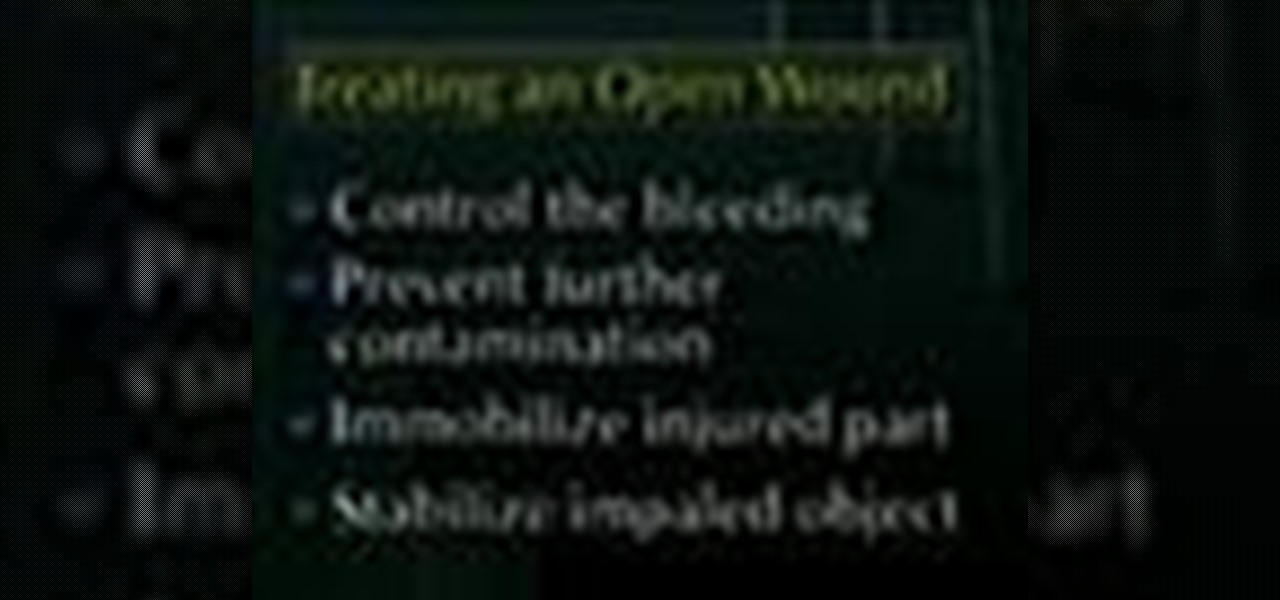
How To: Treat an open wound
To stop the bleeding and treat an open wound you need to do the following.First control the bleeding, prevent further contamination,immobilize injured part, and stabilize impaled object. Treat an open wound.

How To: Bandage an open wound
Chest wounds are life threatening and must be handled with special care.You must close these kind of wounds leaving one side of the bandage open to allow air to leave the chest cavity. Bandage an open wound.

How To: Do the head tilt-chin lift technique
In this first responder video we sow you how to do the head tilt chin lift technique in CPR.This is an excellent video and easy to follow, in opening the airway of a patient. Do the head tilt-chin lift technique.

How To: Check breathing during CPR
During CPR make sure you check for breathing.There are three things to remember: look for the patients rise of the chest,listen for the sound of air in and out, and feel for air on the side of your face. Check breathing during CPR.

How To: Make a proper 911 call from your cell phone
Follow these rules. Give your location. Give your cell phone number. Tell them the emergency. Watch the video to find out why.

How To: Treat first and second degree burns properly
Knowing how to determine the degree of the burn is the first step to knowing how to offer the right first aid. Burns! They’re a fact of life, and one of the most common accidents around the house. But how you treat them depends upon how seriously the skin is damaged. Treat first and second degree burns properly.

How To: Help someone having a seizure
Witnessing a seizure can be scary, especially when the seizure occurs in someone you know. Do you know what to do when you see someone having a seizure? Help someone having a seizure.

How To: Treat open chest or back wounds
The proper way to treat an open chest or back wound is demonstrated in this video. Treat open chest or back wounds.

How To: Clear an obstructed airway on a child or infant
Use the abdominal thrust technique on a child with an obstructed airway. Infants are more fragile. Put the infant face down on one arm and rest your arm on your thigh. Administer 5 back blows between the infants shoulder blades. Turn infant over and administer 5 chest thrusts in the middle of the sternum. Repeat until airway is clear. Clear an obstructed airway on a child or infant.
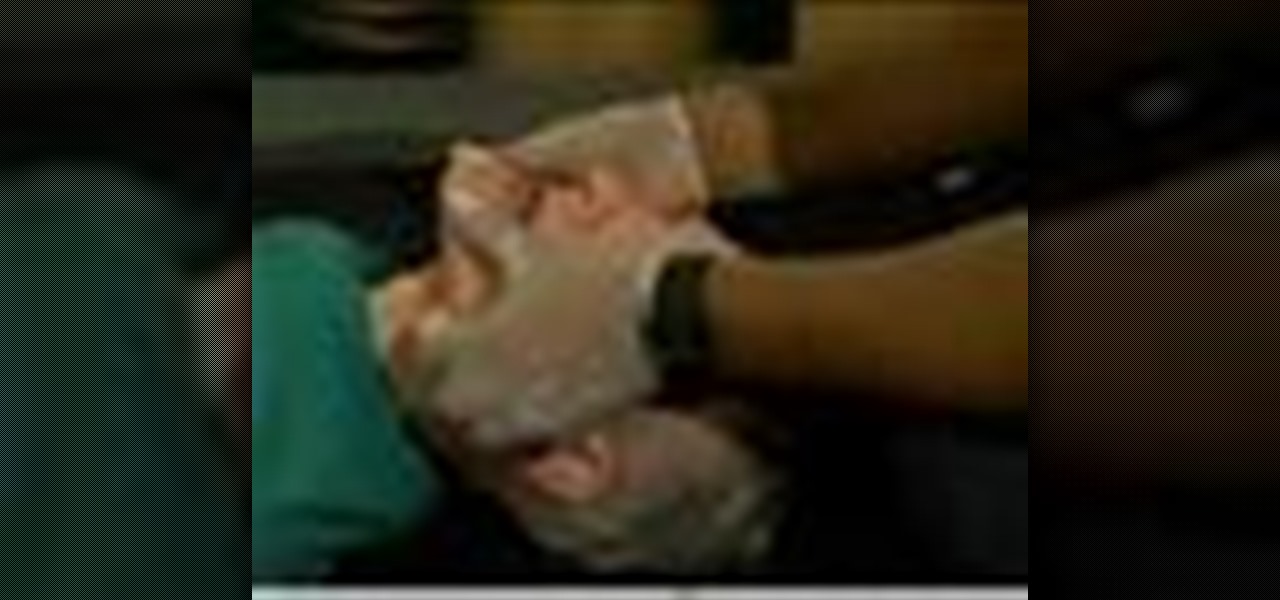
How To: Open the airway when a neck injury is suspected
If a neck injury is suspected and the victim is on their back you can use the jaw thrust technique to open the airway. Place your fingers behind the angle of the lower jaw and move it upward. At the same time, use your thumbs to slightly open the mouth. Open the airway when a neck injury is suspected.
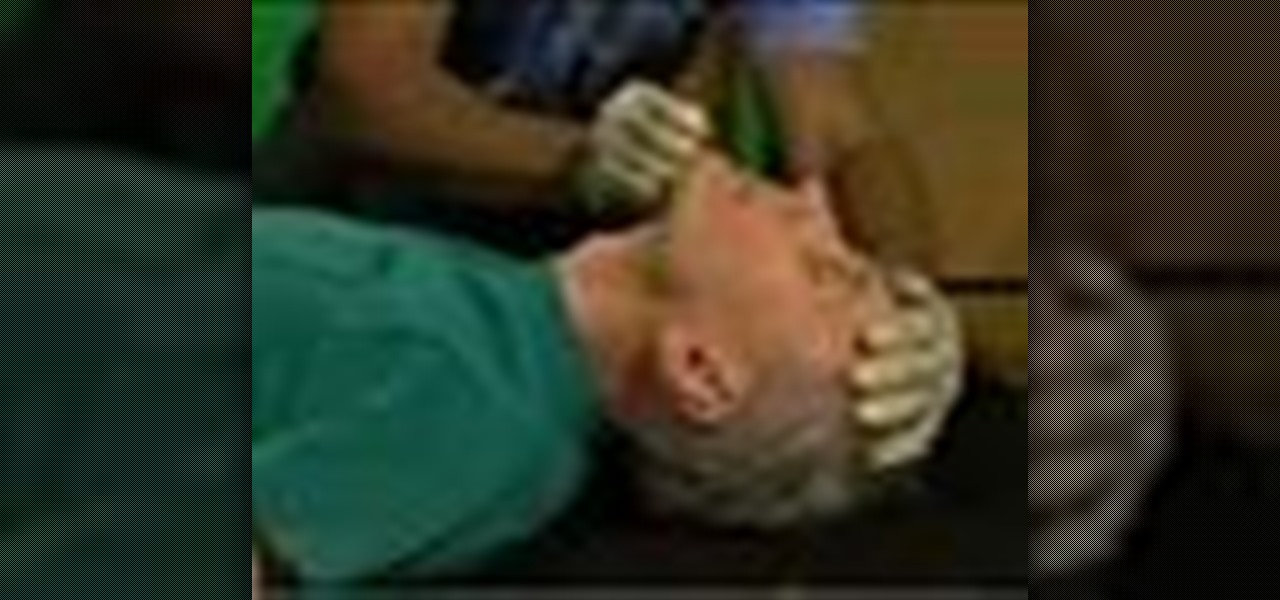
How To: Open the airway if there is no neck injury
In an accident when the airway needs to be opened and you do not suspect a neck injury, use the head tilt-chin tilt technique. Turn the patient to their back by supporting their head and neck. Place one hand on the forehead and the other on the tip of the chin. Push down on the forhead and lift up and forward on the chin. This will lift the tongue from the back of the throat and clear the airway. Open the airway if there is no neck injury.

How To: Treat an open wound in 4 easy steps
Here are the four steps you need to know in order to treat a person with an open wound. Treat an open wound in 4 easy steps.



